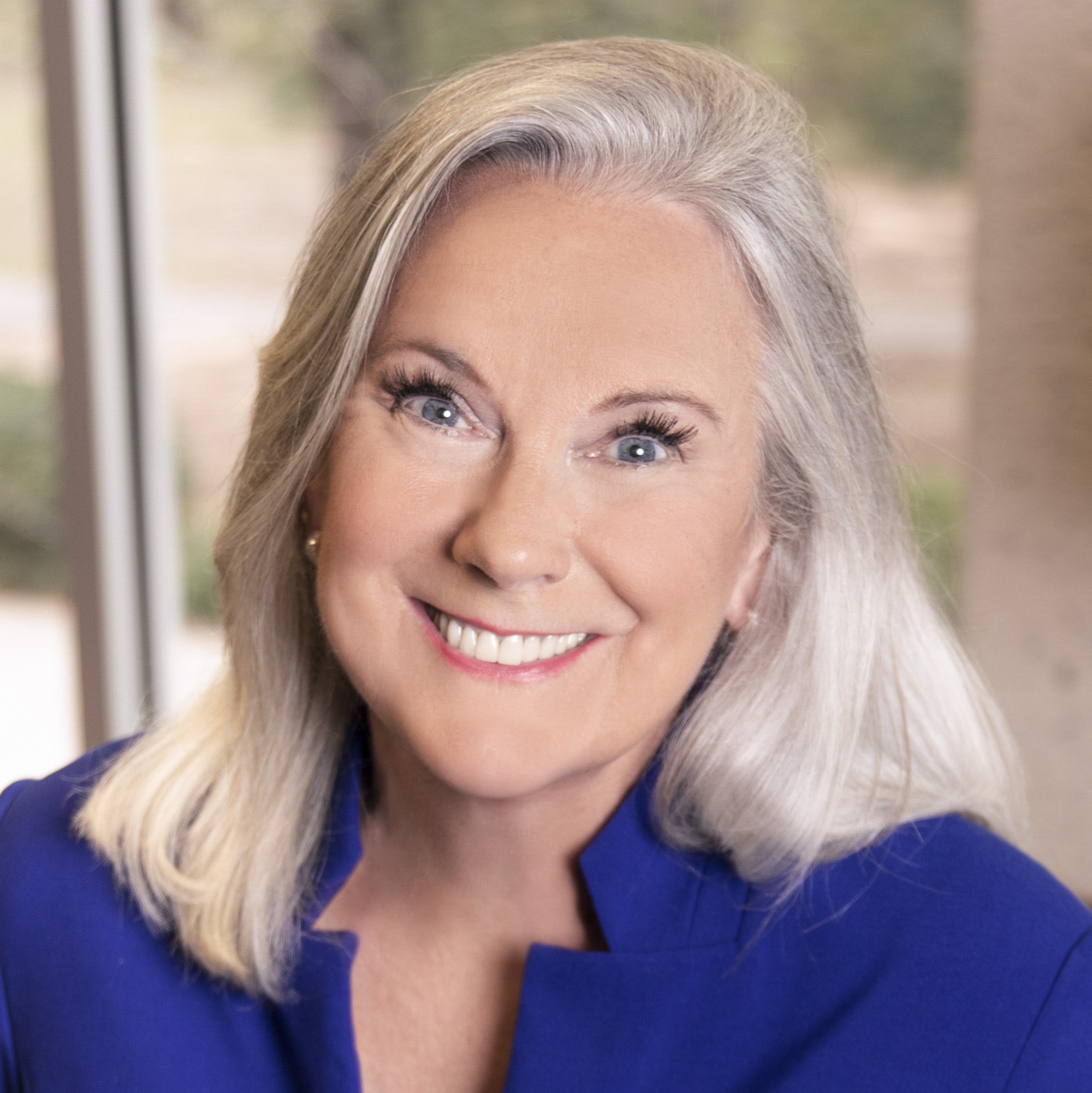
As higher education professionals look back on 2020, few would disagree that the dramatic shift to remote learning holds an indisputably solid place in the zeitgeist of the COVID-19 era. Many would argue that the changes brought on by the pandemic will have a lasting positive influence on how we teach. In fact, the change to online classes has triggered significant innovation.
The faculty at UWF are on a roll in converting the great challenge of 2020 to great good. Sherry Schneider, UWF faculty senate president and professor of psychology, told me she moved to teaching both synchronous and asynchronous online classes during the pandemic.
Prior to COVID-19, the default for online classes was one-way, but now many faculty are teaching fully online by blending synchronous and asynchronous instruction. With multiple apps and platforms like WebEx, Zoom, GoogleMeet, Panopto, Mentimeter and Kahoot, myriad options await the faculty to tailor the classes to the needs of the course. They can even make their own cartoons!
“My most successful class was a synchronous graduate seminar of fewer than 12 students who already knew me and each other,” Schneider said. “Face-to-face instruction wasn’t missed. It seemed as if everyone could fit on the screen like the Brady Bunch, and was comfortable with each other.
“In my 55-person undergraduate class, we had pre-recorded lectures, plus a once-a-week synchronous class meeting. The class felt a bit more formal.”
Schneider noted one challenge was getting students to ask or answer questions without talking over one another.
Psychology department chair, David Strohmetz, fully embraced a flexible approach to course delivery for his Research Methods in Psychology class.
“In this class,” Strohmetz said, “I have three distinct groups of students: students who attend both class meetings each week; students who physically attend one day and live stream the course on the other day; and students who only attend via live streaming. This approach has provided maximum flexibility in providing students with the immediacy of faculty instruction.”
Ensuring academic quality
A major concern of many faculty is the challenge of online testing. Even as online proctoring software becomes more available, the problem hasn’t been completely solved. As a result, faculty are finding ways to avoid total reliance on tests.
More from UB: How SAT shifts will impact college access and equity
x Schneider added a somewhat unusual writing and video assignment to her social psychology class to inspire critical independent thinking and enable her to discern the performance of individual students. In addition, she moved to more frequent, lower stakes tests, which is considered a best practice and good for students.
“Like some others,” Schneider said, “ I opted for no tests in the course I taught in the fall, choosing instead to require individualized assignments to lure out the best from my students, enabling me to evaluate them more confidently.”
Lasting effects on higher education
University attendance has been a rite of passage for young adults in the United States since Thomas Jefferson set aside property for land-grant institutions in the Louisiana Purchase. It is a unique part of American history and culture.
The global pandemic has forced revolutionary change to how quality higher education can be delivered. The results are promising.
On a positive note, Strohmetz and Schneider believe there will be more attention on providing equal access to students who may have had various challenges to participate in the traditional format. Indeed, increased flexibility and better technology allow universities to be more accessible than ever before for students with disabilities, active military and their families, single parents and mid-career adults.
Today, more students than ever at the University of West Florida can enjoy high-impact, co-curricular experiences that will set them apart as they move to serve their professions and communities after they graduate.
Martha D. Saunders is president of the University of West Florida. She is also active at @DrMDSaunders.






